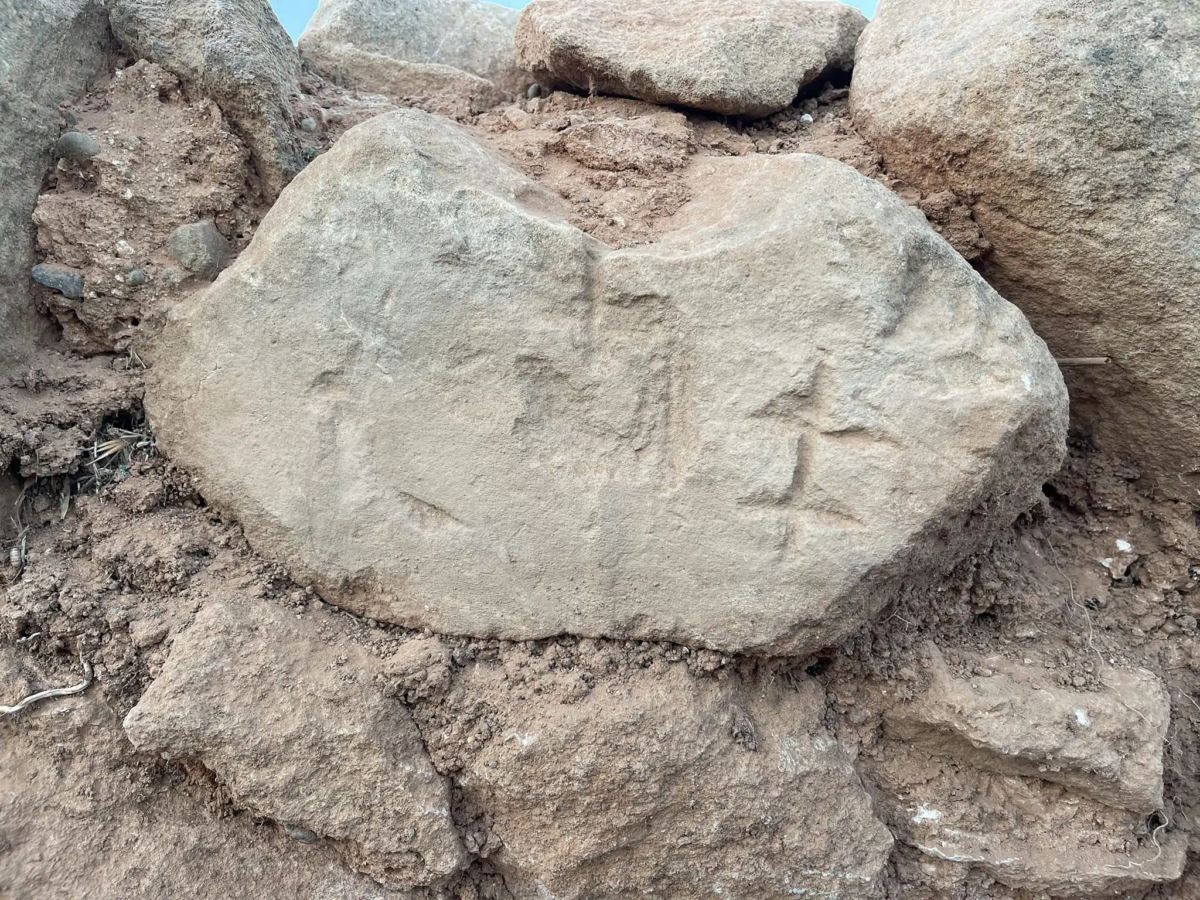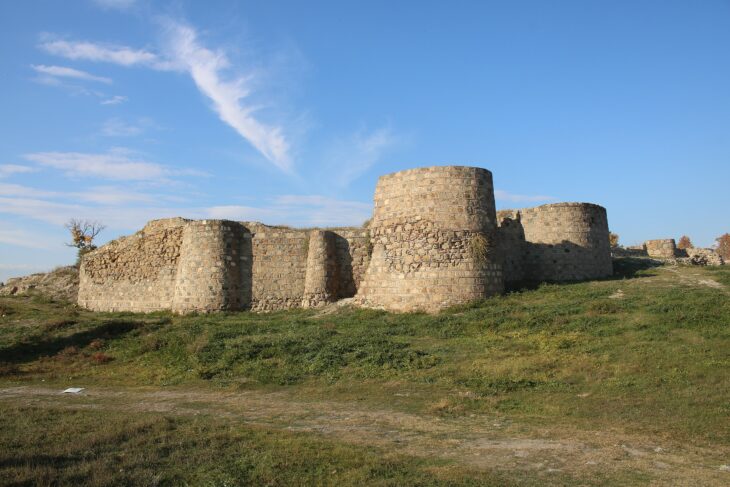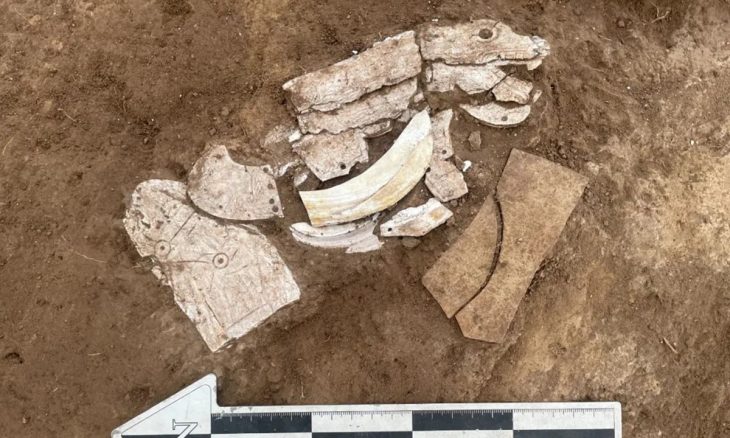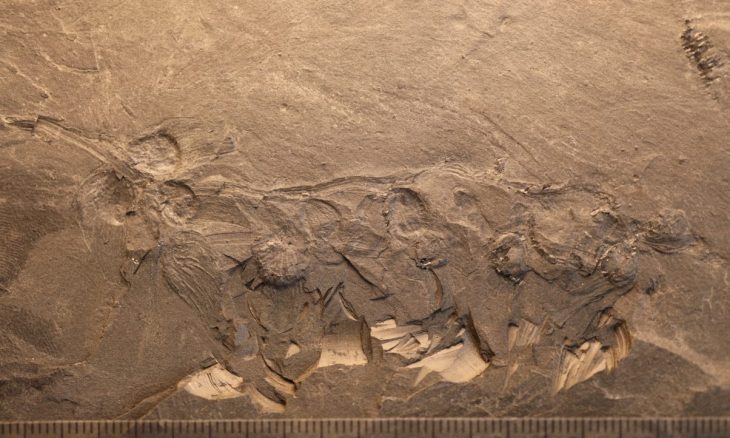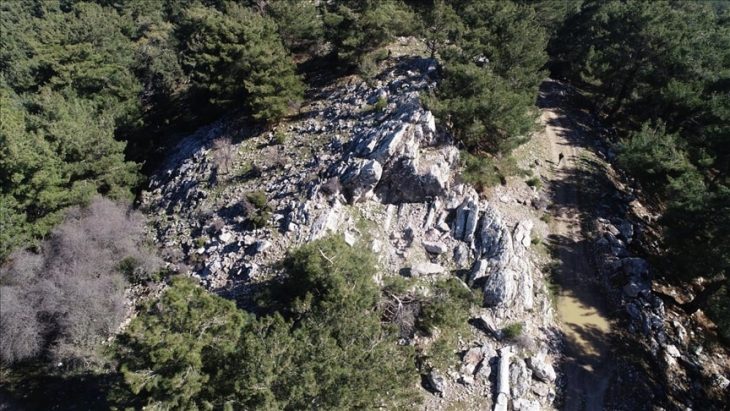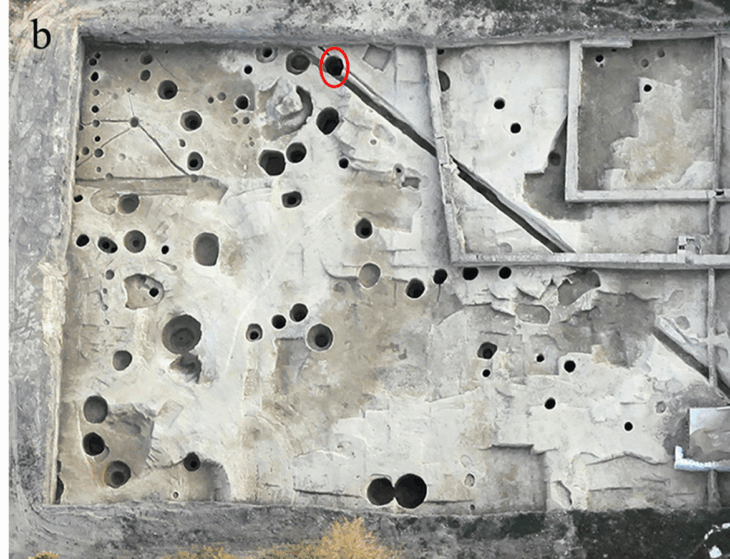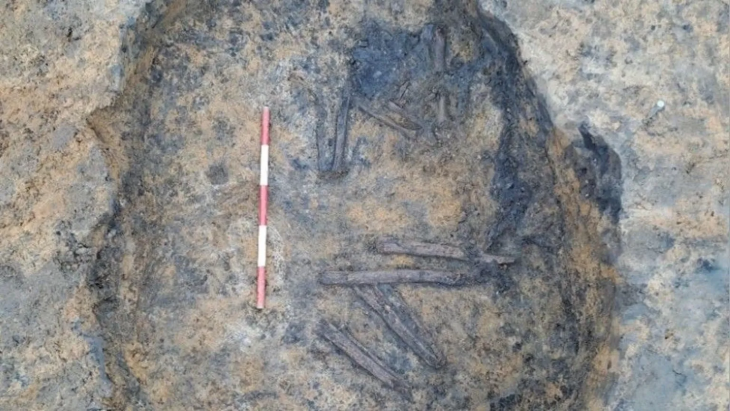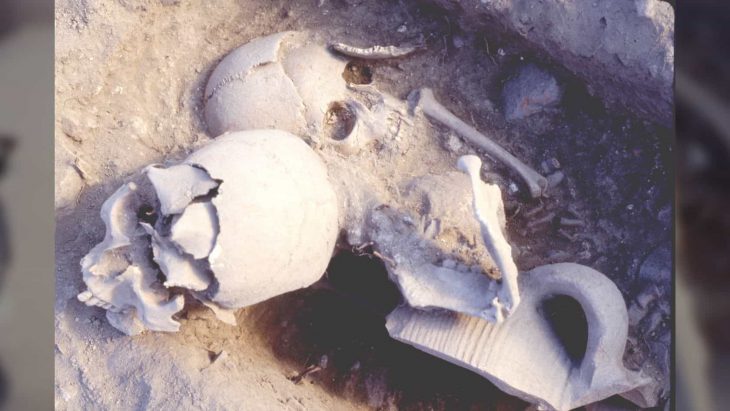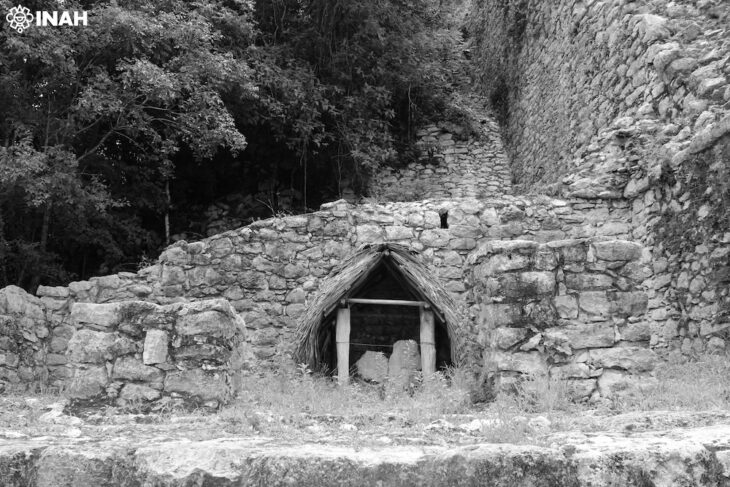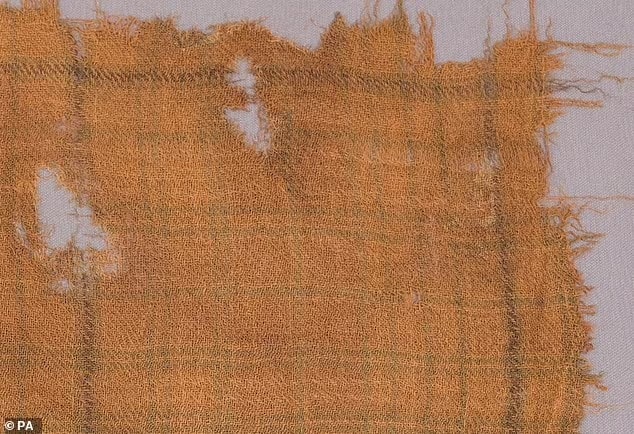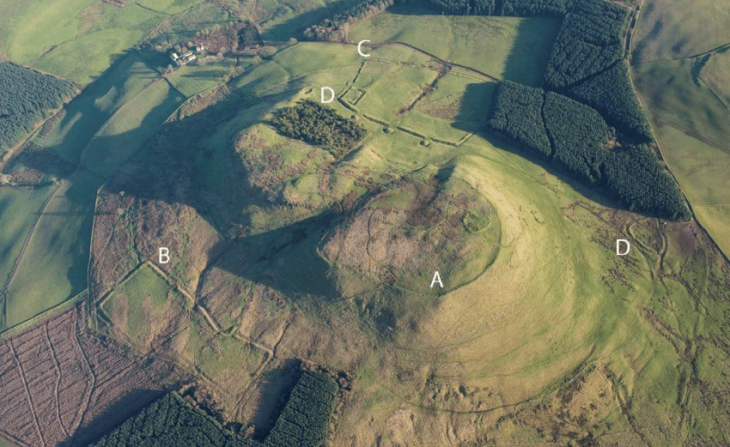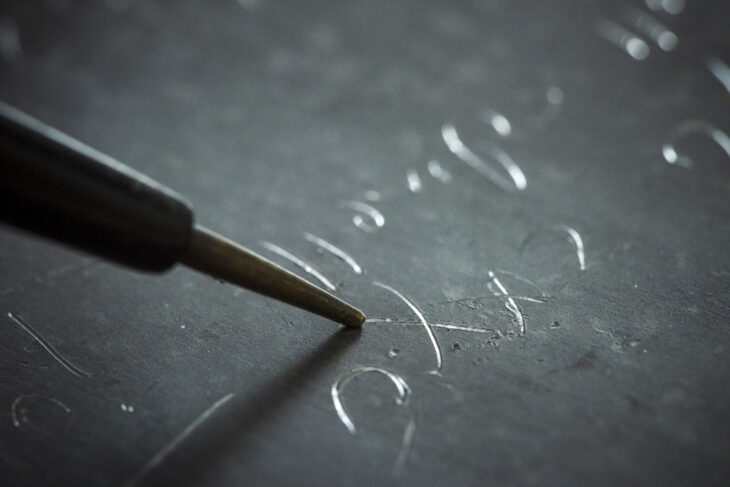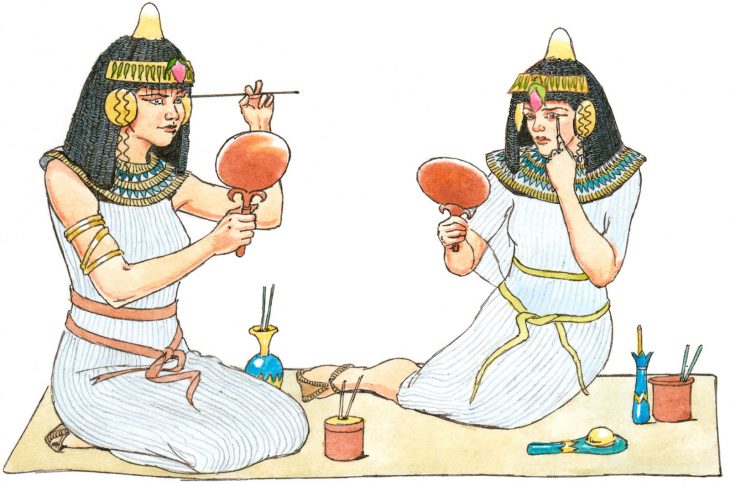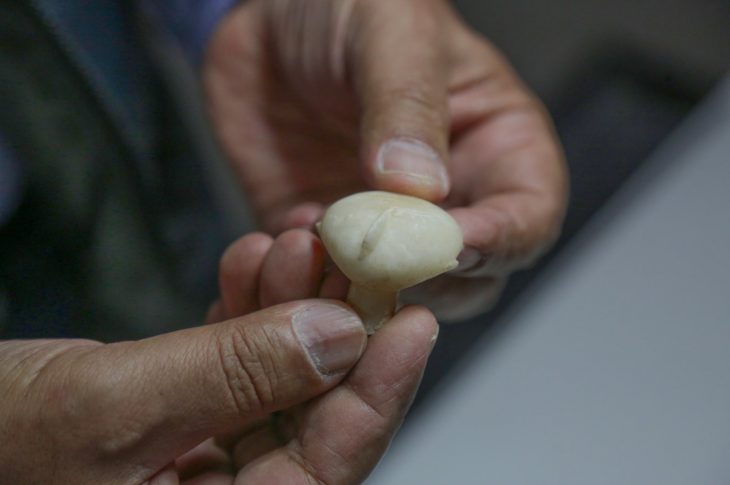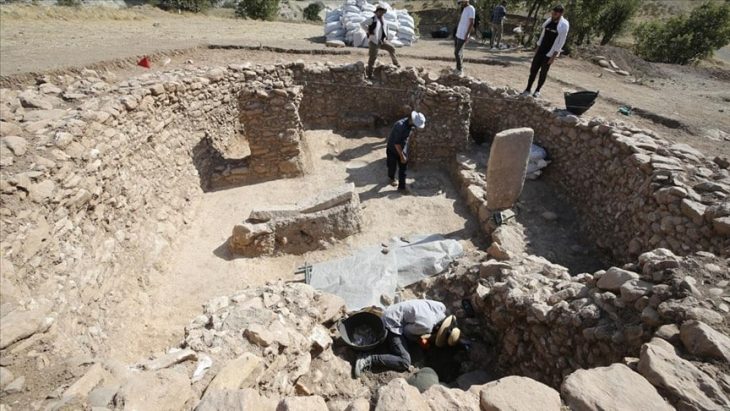During excavations at Palaepaphos, located within the municipal boundaries of the modern village of Kouklia-Martsello on the southwest coast of Cyprus, archaeologists have discovered an ancient inscription in the Cypriot syllabary.
After the kingdom’s capital was moved to Nea Paphos, about 15 kilometers to the west, in the fourth century BC, the city came to be known as Palaepaphos. The location served as the seat of the city-kingdom of Paphos during the Iron Age and as the urban and administrative hub of the regional polity during the Late Bronze Age.
The inscription was carved onto a wall that dates back to the Cypro-Archaic period between 750 and 480 B.C. The discovery has generated a lot of interest and anticipation for more information from the inscription’s analysis.
The Cypriot syllabary is believed to have evolved from Linear A and was used in Cyprus between 1500 and 300 BC. The earliest inscriptions, which date from between 1500 and 1200 BC, are written in a script known as Cypro-Minoan and are in an unidentified language known as “Eteo-Cypriot” or “True Cypriot.” As a result of Alexander the Great’s programme of Hellinization the Cypriot script was eventually replaced by the Greek alphabet during the 4th century BC.
The site has been previously investigated by British archaeologists (1950-55) and a German-Swiss archaeological mission (1966-73, 1985, 1992-95), as well as more recently by the University of Cyprus (2006-08).
📣 Our WhatsApp channel is now LIVE! Stay up-to-date with the latest news and updates, just click here to follow us on WhatsApp and never miss a thing!!
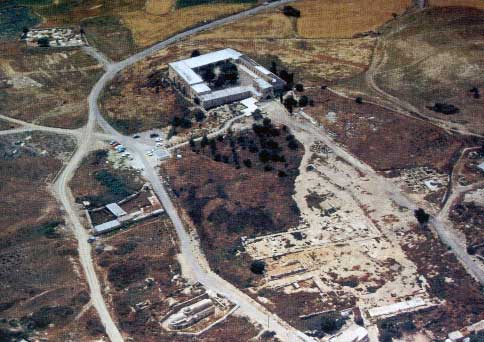
Earlier research uncovered part of a monumental wall spanning 168 meters, though its excavation remained incomplete. However, the dating and purpose of the wall remain unresolved.
The 2024 excavation concentrated on a monument located north of an impressive P-shaped wall at the site, oriented towards the sea. Initially believed to be part of a fortification serving as a defensive tower, recent excavations suggest the structure is likely separate and of a devotional nature.
New findings suggest the structure was built during the 12th and 11th centuries BCE and was abandoned during the Cypro-Geometric period between 1050 and 750 BCE. Researchers think the structure was repaired during the Cypro-Archaic period in the 6th century BCE.
In 2023, two ship engravings were discovered on the exterior of this structure, similar to vessel depictions found at Kition. In 2024, an additional, incomplete ship engraving was discovered.
During the 2024 excavation season, the focus was on exploring a tunnel cutting through the wall at a depth of 2.3 meters. The function of these tunnels remains enigmatic, though one hypothesis posits they were constructed around 499/498 BC during the Persian siege of Palaepaphos. The careful excavation provided a better understanding of the stratigraphy and dating of the wall’s later phases.
The NKUA research is being conducted in close cooperation with the University of Cyprus’ Palaipaphos Urban Landscape Project, directed by Professor Maria Lakovou. The fifth annual NKUA mission is scheduled for 2025.
Cover Image Credit: Department of Antiquities of Cyprus / Archaeological Research Unit UCY.

